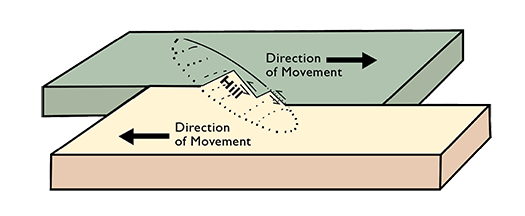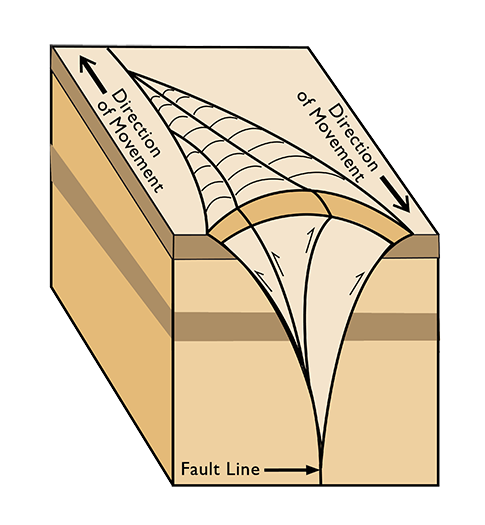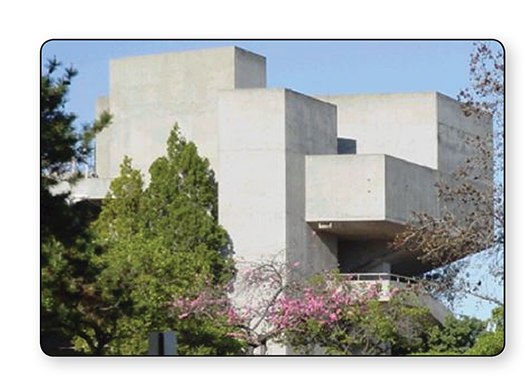Compression Knoll
Central Park has many
features that define the Hayward Fault. A fault is a
break in the Earth’s crust. When a fault moves
rapidly it is called an earthquake. However, some faults
“creep” or move slowly over time. The Hayward Fault
creeps at about 3-10 millimeters per year, depending on
location. The Hayward Fault is part of the San
Andreas Fault System which is the boundary between
the North American and Pacific Plates. It is a
nearly-vertical strike-slip fault, but then dips
eastward with depth.
Over time the Hayward Fault
has not only moved horizontally, but is responsible
for the uplift that created the East Bay hills.Central Park
has a rolling topogragphy
of knolls and depressions. Knolls, such as the one located here,
are caused when movement of strike-slip faults push the earth
into a small hill. The pressure causes a movement upward called
a positive flower structure.
How are compression knolls formed?
 |
 |
|
Strike-Slip Fault
Creating Small Hill |
Flower Structure |

This knoll is created by opposite motion along the
Hayward Fault causing a compression ridge or knoll.
|
On the right was the former City Hall building, built at
this location on a compression ridge created by motion
from the Hayward Fault. The Loma Prieta Earthquake in
1989 created devastating and irreparable cracks
throughout the concrete structure. It was considered a
safety hazard and deemed uninhabitable, and was
demolished in 2004. |
 |